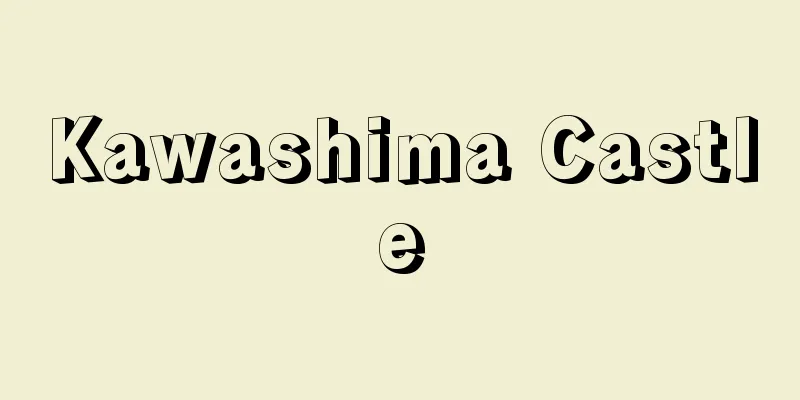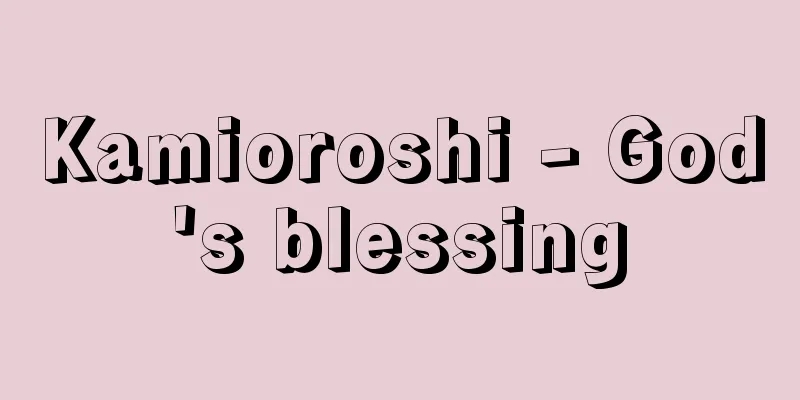Takebashi Incident

|
This was the first soldier revolt in Japan. At the time it was called a "mob riot" or "Konoe Artillery Rebellion." On the night of August 23, 1878 (Meiji 11), over 200 soldiers rose up in revolt at the barracks of the Imperial Guard Artillery Battalion (now part of Kitanomaru Park in Tokyo). They killed the battalion commander, Major Utsunomiya Shigetoshi, and Captain Fukazawa Minokichi, who tried to stop them, fired a mountain cannon and set fire to stables, and called on the Second Imperial Guard Infantry Regiment, which was facing the artillery battalion barracks, to cooperate. Over 30 soldiers from the same regiment responded. Over 90 soldiers pulled a mountain cannon and approached Akasaka Imperial Palace, which was the temporary imperial palace at the time, in an attempt to make a strong appeal to the emperor, but failed. By around 2 a.m. the following day, the 24th, all of the soldiers were arrested and the revolt was put down. That morning, under presiding judge Kurokawa Michinori, the Army Court began a harsh interrogation of the rebel soldiers, including abacus torture and box torture, and on October 13th the punishment for the crimes of 259 soldiers was decided (53 death sentences, 118 quasi-exile, 68 three to one year imprisonment, 15 banishment, 1 caning and lock, and 4 locks). The 53 soldiers executed on October 15th at the Army execution grounds on Ecchu Island were one private from the Second Guard Infantry Regiment, 47 privates from the Guard Artillery Battalion, and five privates from the First Reserve Artillery Battalion of the Tokyo Garrison, most of whom were young men with an average age of 24 who were conscripted farmers or commoners. On April 10, 1879, the death sentences of Sergeant Major Yanada Masanao and Pyrotechnics Officer Hirayama Maibara of the Tokyo Garrison Reserve Artillery Battalion were carried out. Major Okamoto Ryunosuke, commander of the First Battalion of the Tokyo Garrison Reserve Artillery, who had been imprisoned for his involvement in the riot, was convicted of seppuku in February of the same year and released from prison. His subordinate, Second Lieutenant Uchiyama Sadago, was sentenced to commit seppuku (harakiri), but this was not carried out and his sentence was changed to life exile in May 1882. The reasons for the uprising have been said to be dissatisfaction with the lack of prizes for the Seinan War, pay cuts due to cost cutting, and cuts in government supplies. The truth is still shrouded in mystery. However, research is currently being conducted by the surviving family members of those involved, and historical facts that show the influence of the uprising against the land tax reform and the Freedom and People's Rights Movement are gradually coming to light. Immediately after this incident, in October 1878, the Minister of the Army, Yamagata Aritomo, issued a military admonition, and in January 1882, an Imperial Rescript to Soldiers and Sailors was issued, promoting the establishment of the Emperor's control over the military. [Shoichi Matsuo] "The Soldiers of the Takebashi Incident," edited by the Takebashi Incident Centennial Commemorative Publication Editorial Committee (Tokuma Shoten, 1979) [Reference] |Source: Shogakukan Encyclopedia Nipponica About Encyclopedia Nipponica Information | Legend |
|
日本で初めての兵士反乱。当時は「徒党暴動」「近衛(このえ)砲隊暴動」と呼称された。1878年(明治11)8月23日夜、近衛砲兵大隊の兵営(現在の東京・北の丸公園の一部)から兵卒200余名が蜂起(ほうき)。制止する大隊長宇都宮茂敏(うつのみやしげとし)少佐と深沢巳吉(ふかざわみのきち)大尉を殺害、山砲を発し厩(うまや)に放火、砲兵大隊兵営と向かい合っていた近衛歩兵第二連隊に協同を呼びかけた。同隊から30余名が呼応。兵士90余名は山砲一門を引いて、当時仮皇居になっていた赤坂離宮に迫り、天皇に強訴しようとしたが失敗。翌24日午前2時ごろには全員逮捕され鎮圧された。同日朝から陸軍裁判所で黒川通軌(みちのり)裁判長の下で、反乱兵士にそろばん責め、箱責めの拷問など過酷な糺問(きゅうもん)が開始され、10月13日兵卒259名の犯罪処分断案を決定(死刑53、准流刑118、徒刑3~1年68、戒役15、杖(じょう)および錮(こ)1、錮4)。10月15日越中(えっちゅう)島の陸軍刑場で処刑された53名の死刑者は、近衛歩兵第二連隊兵卒1、近衛砲兵大隊兵卒47、東京鎮台(ちんだい)予備砲兵第一大隊兵卒5名で、そのほとんどが徴兵農民・平民出身の平均年齢24歳の青年であった。翌79年4月10日には鎮台予備砲兵大隊の梁田正直(やなだまさなお)曹長と平山荊(ひらやまいばら)火工下長の死刑が執行された。暴動関係者として収監中の東京鎮台予備砲兵第一大隊長岡本柳之助(りゅうのすけ)少佐は、同年2月奪官の判決を受け出獄、部下の内山定吾(さだご)砲兵少尉には自裁(切腹)の判決があったが実施されず、82年5月無期流刑に変更された。蜂起の理由は、当時から近年まで、西南戦争の賞典がなかったこと、経費削減による減給、官給品減省などの不満とされてきた。真相はいまだ闇(やみ)に包まれている。しかし現在関係者遺族などの掘り起こし研究が進み、地租改正反対一揆(いっき)や自由民権運動の影響がみられる史実が明らかにされつつある。この騒動直後の78年10月、陸軍卿(きょう)山県有朋(やまがたありとも)の名で軍人訓誡(くんかい)、82年1月軍人勅諭が出されるなど、天皇の軍隊への確立が推進された。 [松尾章一] 『竹橋事件百周年記念出版編集委員会編『竹橋事件の兵士たち』(1979・徳間書店)』 [参照項目] |出典 小学館 日本大百科全書(ニッポニカ)日本大百科全書(ニッポニカ)について 情報 | 凡例 |
Recommend
Zinne
… chock stone: a rock wedged in a groove or chimn...
Casona, A. (English spelling) CasonaA
…Alberti also produced politically charged works ...
Arrow
Young Yano (a fourth-year student at technical hig...
MO - Emoo
A rewritable optical disk that utilizes the magne...
Henri Michaux
French poet and painter. Born in Belgium, he beca...
boustrophedon
… In ancient times, only capital letters were use...
International Language - Kokusaigo
A language is used for communication between ethn...
Muscicapidae
…Flycatchers have a clutch of 2-6 eggs, with both...
Kitahama Incident
...These include the first modern panic in 1890, ...
Reed boat - Ashibune
A type of water transport made from reeds. We can...
Iya Valley - Iyakei
(Also called "iyadani") Western Tokushim...
Safety Week - Anzenshukan
This is a week to take special care to prevent acc...
Azollaceae
...A closely related species, Azollaceae , grows ...
Pandorina morum Bory
This organism is made up of 16-32 spherical or nea...
Forestry and Forest Products Research Institute
One of the organizations that make up the Nationa...


![Seki [Hot Spring] - Seki](/upload/images/67cc022e45e63.webp)






